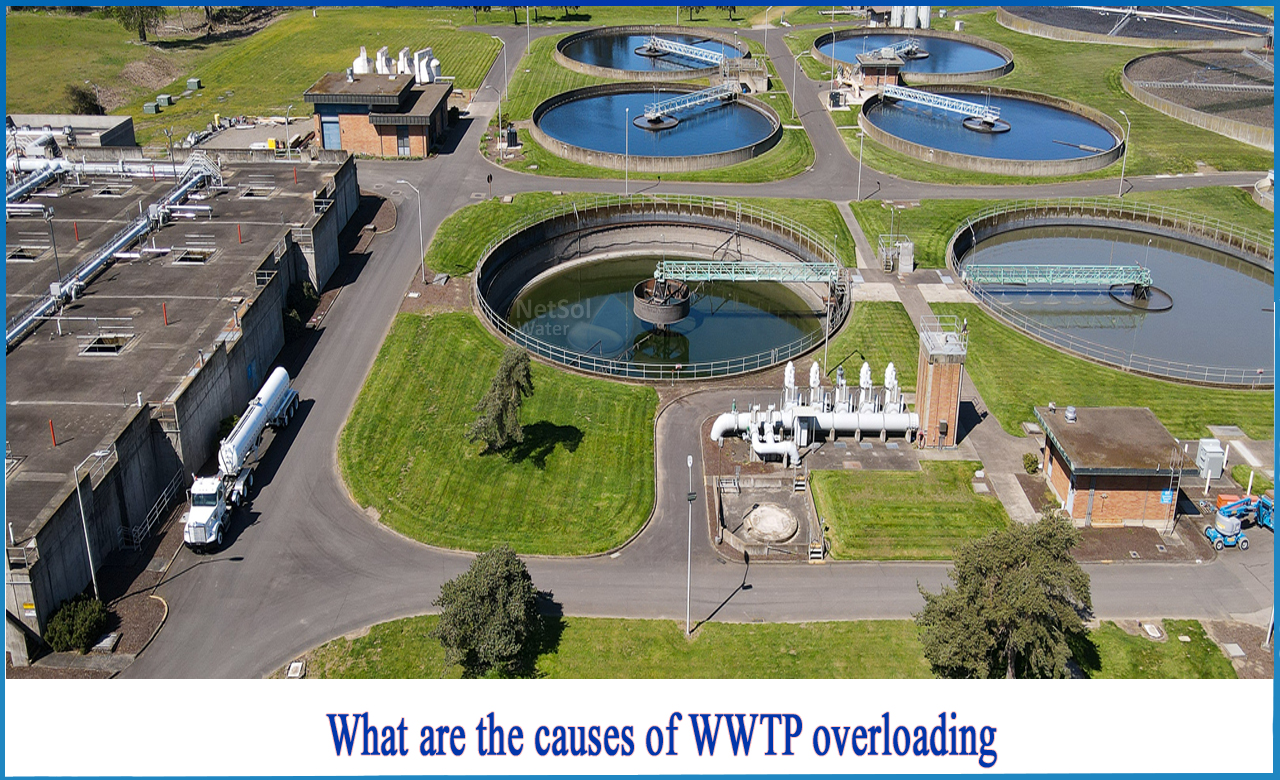Introduction
A plant operator can identify if their wastewater treatment system is overloaded. A good control system will notify the operator when something is wrong with the system. There are other non-measurable signals outside of a control system, such as an exceptionally strong stench or sludge that appears to be excessively old.
Overloading could cost you a lot of money, which is why it's critical to have effective controls in place to evaluate and analyse your data consistently. Creating an internal checklist, in addition to an efficient control system, will assist standardize and simplify the process of collecting and logging data, surrounding critical water indicators.
How do you know that your wastewater treatment system is overloaded?
There are some signs which include:
1: Too high or too low pH;
2: Low Dissolved oxygen or DO;
3: Biological Oxygen Demand is extremely high;
What are the causes of WWTP overloading?
There are some factors that can lead to a wastewater system becoming overburdened and out of compliance, which include;
1: Plant production changes or new procedures being introduced;
2: Old technology and ageing equipment’s;
3: Controls that are insufficient;
4: If the industrial facility is connected to the public sewer system, it might cause overloading;
5: Increase in the factory's production, and thus the volume or concentration of effluent;
6: Increase in the quantity of organic chemicals all of a sudden;
7: At a WWTP outlet, the characteristics have deteriorated, i.e., chemical consumption of oxygen or COD and insoluble matter;
8:Processes may not perform effectively if the system lacks oxygen or nutrients (nitrogen, phosphorus, and others);
9: It's also possible that a rise in fibre bacteria in the sludge is causing the sedimentation characteristics in the sedimentation tank to worsen.
What are the solutions for WWTP congestion?
The solution is using “Buffer tank”.
1: Increasing inflow: If the inflow is only exceeded at particular times of the day, the problem can be solved by incorporating the buffer tank into the system. The buffer tank's purpose is to collect surplus wastewater and discharge it, when the flow volume is lower (for example, at night).A previously unused tank or a new tank can be used as a buffer tank.
2: Increasing the oxygen level:If there is an issue with low oxygen levels, a variety of options must be examined.In this circumstance, a buffer tank can aid since it eliminates the places with the most load and hence the greatest need for oxygen. Less efficient machine functioning is also considered if the blowers are older and have not had regular maintenance in the past. Blower maintenance may be able to address this problem.
3: High Concentration of Organic Matter:If the system is overloaded with a high concentration of organic matter or a larger number of microorganisms, the amount of sludge (sludge concentration) in the activation that removes the organic matter might be increased.In this instance, extra caution should be taken to ensure that an increased number of microbes receive the oxygen they require to function properly.
There are high chances of system failure if the signs and symptoms of an overloaded wastewater treatment system are neglected or overlooked.If you're not sure which option is best for your facility, Netsol Water Solutions would be pleased to help.
For more information or product purchase related query, contact us on +91 9650608473 or drop an email at enquiry@netsolwater.com.



